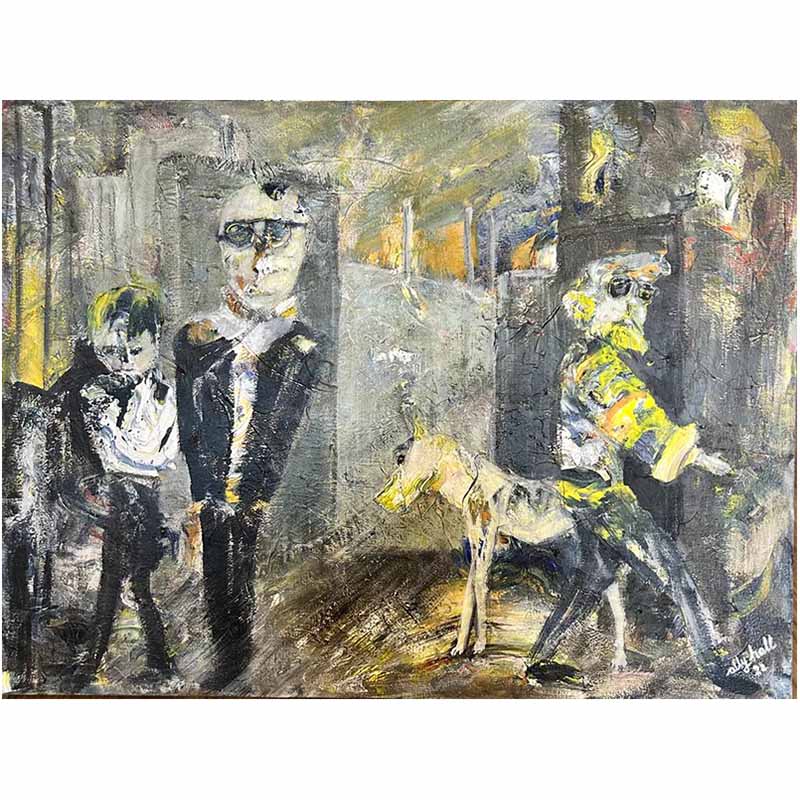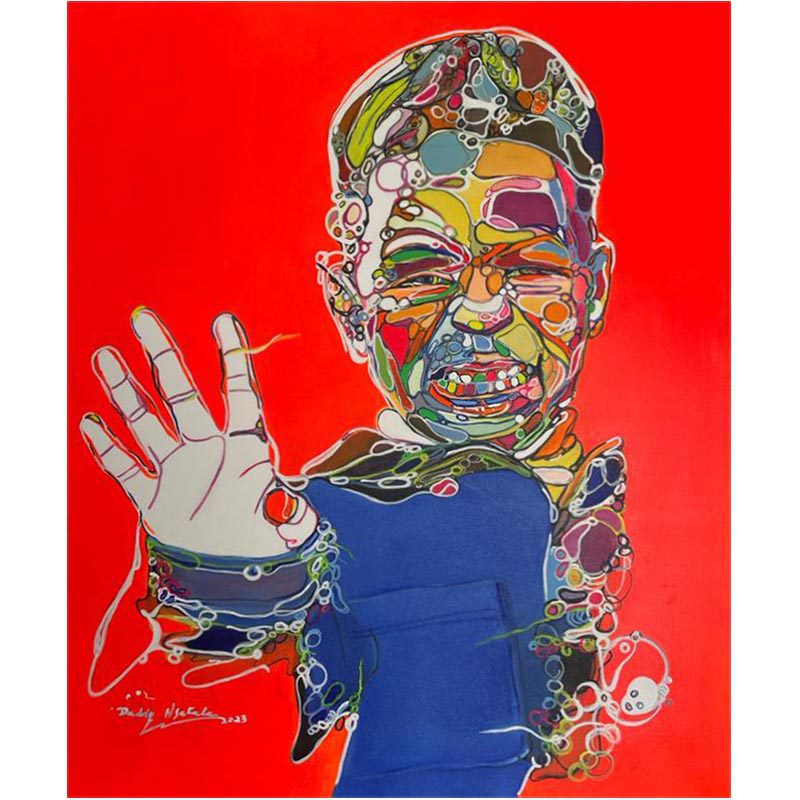Introduction
Art is a powerful medium that allows artists to convey their emotions, perceptions, and ideas through visual representation. Two significant movements in the world of art, Impressionism and Expressionism, emerged in the late 19th and early 20th centuries, respectively. Despite being distinct in their styles and approaches, these movements share certain similarities while also showcasing remarkable differences. In this blog, we delve into the fascinating realms of Impressionism and Expressionism, uncovering the key similarities and differences that define each movement.
Impressionism: Capturing the Fleeting Moments
Impressionism emerged in the late 19th century as a reaction against the rigid academic standards of the time. Characterised by its emphasis on light, colour, and capturing the fleeting moments of everyday life, Impressionism sought to portray scenes as they appeared in a single glance. Artists often painted “en plein air”, capturing the effects of natural light on their subjects.

Claire Danarié-Soffietti
Key Characteristics of Impressionism
- Emphasis on Light and Color: Impressionist artists sought to depict the changing qualities of light and its effects on colour perception. Their brushstrokes were visible, with colours often applied in small, dappled strokes to create a sense of luminosity.
- Outdoor Scenes: The movement was closely associated with outdoor painting, as artists aimed to capture the atmosphere of natural landscapes, cityscapes, and everyday scenes.
- Subjective Perspective: Impressionists focused on their personal perceptions of the world, often presenting scenes from their own viewpoint rather than adhering to traditional compositions.
Expressionism: Conveying Inner Emotions
Expressionism emerged in the early 20th century as a reaction against the superficiality of society and its detachment from human emotions. This movement aimed to convey the emotional and psychological states of the artists, often resulting in distorted and exaggerated depictions of reality.

Ally Hall
Key Characteristics of Expressionism
- Emotional Intensity: Expressionist artworks are characteriSed by intense emotions and distorted representations. Artists used vivid coloUrs, bold brushwork, and exaggerated forms to evoke strong emotional responses from viewers.
- Subjective Experience: Similar to Impressionism, Expressionism also emphasised the artist’s personal perspective. However, Expressionists focused on inner emotions and psychological states rather than external appearances.
- Rejection of Conventional Realism: Expressionists often distorted reality to amplify emotions, presenting a subjective and often unsettling view of the world. This rejection of conventional realism set Expressionism apart from Impressionism.
Similarities
- Reaction Against Tradition: Both Impressionism and Expressionism emerged as reactions against the traditional academic standards of their respective times. Impressionism challenged the rigid norms of the academic art world, while Expressionism rejected the conformist approach to art and society.
- Subjectivity: Both movements placed importance on the artist’s personal perspective and emotional experience. Whether capturing fleeting moments or expressing inner turmoil, both Impressionism and Expressionism broke away from strict realism to convey their unique viewpoints.
- Influence on Later Art Movements: Both Impressionism and Expressionism had a profound impact on the development of modern art. Their innovations in terms of technique and approach paved the way for subsequent art movements, influencing the likes of Fauvism, Cubism, and even abstraction.
Differences
- Style and Technique: The most notable difference lies in their styles and techniques. Impressionism focuses on light, colour, and capturing transitory moments, while Expressionism emphasises intense emotions, distortion, and the inner psyche.
- Subject Matter: Impressionism often depicts scenes from everyday life, landscapes, and urban settings. Expressionism, on the other hand, tends to delve into the human psyche, addressing deeper emotional and psychological states.
- Mood and Aesthetic: Impressionism often portrays scenes with a sense of tranquility and calm, while Expressionism evokes more intense and often unsettling emotions. The aesthetic of each movement reflects these differing emotional tones.
Conclusion
Impressionism and Expressionism, though distinct in their styles and approaches, share common threads of artistic rebellion, subjectivity, and influence on the trajectory of modern art. While Impressionism captures the ephemeral beauty of fleeting moments, Expressionism delves into the realm of inner emotions and psychological turmoil. Exploring the similarities and differences between these two movements offers us a richer understanding of the multifaceted nature of art and its ability to convey the essence of human experience.


